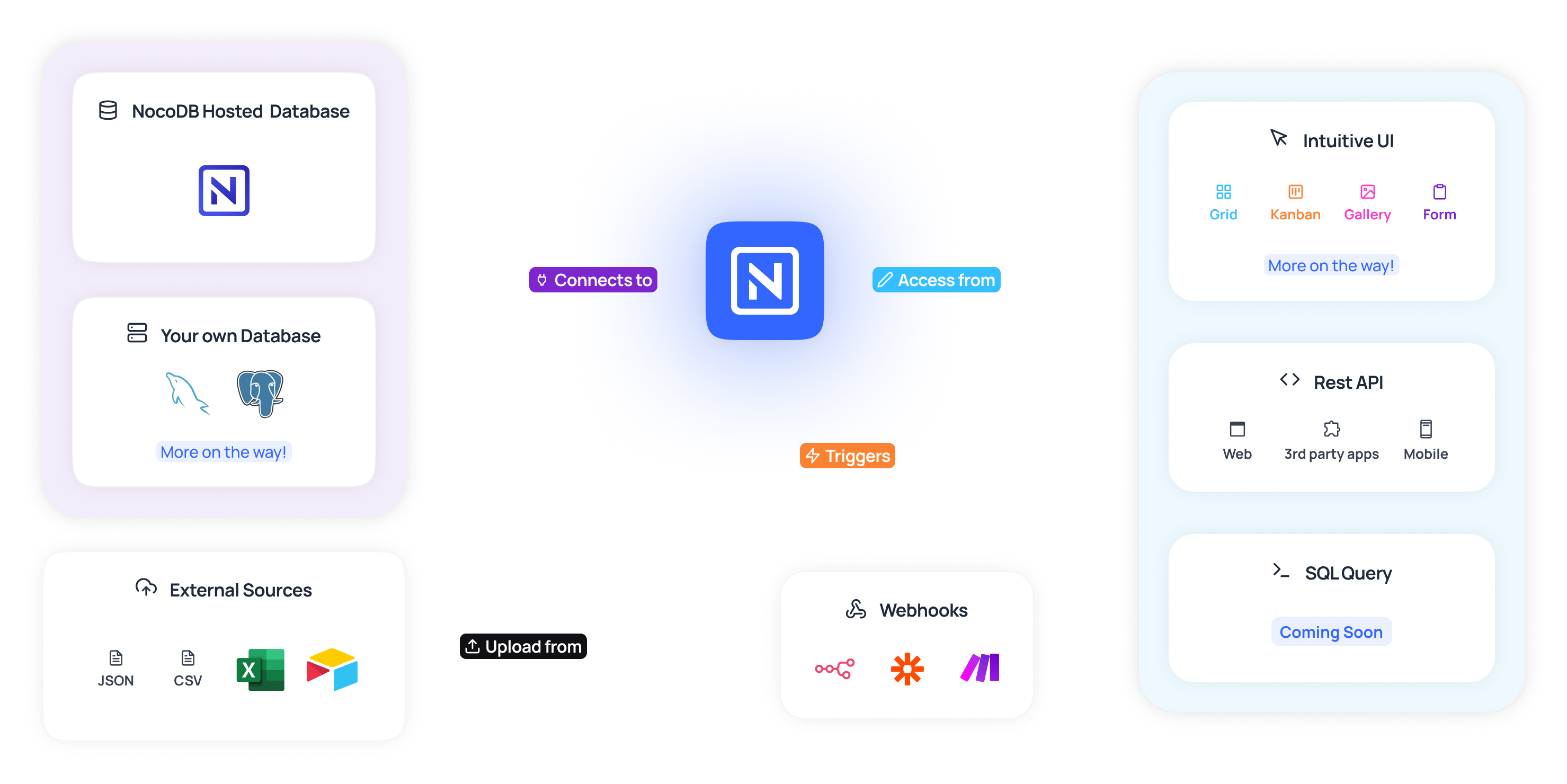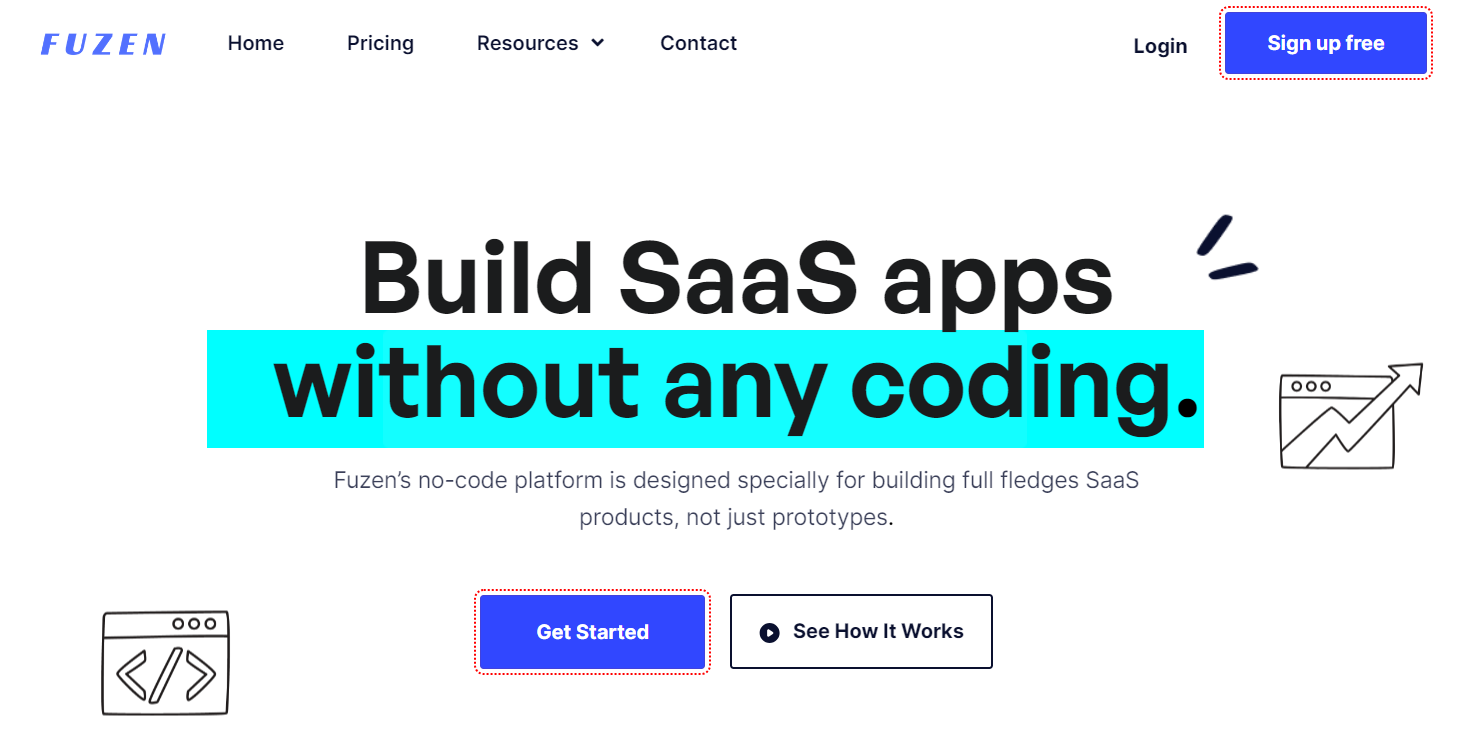A Comprehensive Overview to Implementing Scalable Databases Without the Requirement for Coding Knowledge
In the contemporary landscape of information administration, the ability to implement scalable databases without coding knowledge is becoming significantly necessary for organizations of all dimensions. What are the important aspects that can genuinely empower these customers to take advantage of scalable databases properly?
Comprehending Scalable Databases
In the realm of contemporary information management, scalable data sources have actually arised as a critical option for organizations looking for to deal with raising volumes of details effectively. These data sources are made to fit development by enabling for the smooth addition of sources, whether through horizontal scaling (including extra machines) or upright scaling (upgrading existing devices) This adaptability is vital in today's busy electronic landscape, where information is generated at an extraordinary rate.
Scalable data sources generally use dispersed architectures, which enable data to be spread out throughout multiple nodes. This distribution not just improves efficiency yet also supplies redundancy, ensuring data accessibility also in case of hardware failures. Scalability can be an important factor for various applications, including shopping systems, social networks networks, and large information analytics, where user demand can vary substantially.
In addition, scalable databases typically feature durable information uniformity versions that stabilize efficiency and integrity. Organizations should consider their certain needs, such as read and create rates, information honesty, and mistake resistance when picking a scalable database solution. Inevitably, comprehending the underlying concepts of scalable databases is crucial for companies aiming to flourish in an increasingly data-driven world.
Key Features to Look For
When examining scalable data sources, numerous crucial functions are vital to guaranteeing optimal performance and integrity. Firstly, consider the architecture of the data source. A distributed style can boost scalability by permitting data to be stored throughout numerous nodes, helping with seamless information access and handling as need increases.
An additional essential function is data dividing, which allows effective management of huge datasets by splitting them into smaller sized, much more convenient pieces (no-code). This strategy not only improves efficiency but additionally simplifies source allocation
In addition, try to find robust duplication capabilities. This function guarantees information redundancy and high availability, reducing downtime throughout maintenance or unanticipated failures.
Efficiency monitoring devices are also important, as they give real-time insights right into system health and functional performance, permitting prompt changes to maintain ideal efficiency.
User-Friendly Database Devices
Simpleness is a vital aspect in the design of user-friendly data source tools, as it enhances access for users with differing levels of technical expertise. no-code. These devices prioritize user-friendly user interfaces, allowing users to produce, handle, and inquiry databases without calling for extensive shows expertise
Key here are the findings attributes commonly include drag-and-drop performance, aesthetic data modeling, and pre-built layouts that improve the arrangement process. Such devices typically offer directed tutorials or onboarding processes that help with customer interaction and lower the discovering contour. Furthermore, smooth assimilation with website link popular information sources and services makes certain that users can quickly import and export information, even more simplifying operations.

In addition, durable support and area sources, such as forums and documentation, boost the user experience by offering assistance when required. In general, user-friendly data source tools encourage organizations to harness the power of scalable data sources, making information management obtainable to everybody involved.
Step-by-Step Execution Guide
Just how can organizations properly execute scalable data sources to satisfy their expanding data demands? The process starts with identifying details information demands, consisting of the volume, selection, and velocity of information that will be refined. Next off, organizations need to review user-friendly data source devices that offer scalability attributes, such as cloud-based services or took care of database solutions.
Once the best device is selected, the next action entails setting up the database atmosphere. This consists of establishing instances, specifying customer consents, and developing data frameworks that align with company purposes. Organizations ought to then move existing information into the new system, ensuring data stability and marginal disturbance to operations.
Post-migration, carrying out detailed testing is vital; this consists of efficiency testing under various tons conditions to make sure the system can take care of future development - no-code. In addition, it is necessary to train personnel on the database administration user interface to assist in smooth use
Ideal Practices for Management
Effective management of scalable databases requires a tactical method that prioritizes continuous monitoring and optimization. To accomplish this, organizations ought to execute robust monitoring tools that provide real-time insights right into data source efficiency metrics, such as inquiry reaction times, resource usage, and transaction throughput. Frequently assessing these metrics can assist identify bottlenecks and areas for renovation.

Routine backups and disaster healing plans are necessary to protect information honesty and accessibility. Developing a routine for examining these back-ups will certainly make certain a reliable healing process in case of an unexpected failure.
Additionally, efficiency tuning need to be a constant process. Adjusting indexing techniques, maximizing queries, and scaling resourcesâEUR" whether vertically or horizontallyâEUR" will certainly assist keep ideal performance as usage needs evolve.
Last but not least, cultivating a culture of click here for more knowledge sharing among staff member will allow constant discovering and adaptation, guaranteeing that the monitoring of scalable databases remains reliable and effective in time.
Verdict
In final thought, the execution of scalable data sources can be effectively attained without coding knowledge through the utilization of instinctive interfaces and straightforward devices. By adhering to the outlined approaches for arrangement, information migration, and performance testing, individuals can browse the complexities of data source administration effortlessly. Emphasizing finest practices for recurring maintenance and collaboration more improves the ability to take care of scalable databases successfully in a quickly advancing data-driven environment.
In the modern landscape of information management, the capability to implement scalable databases without coding experience is coming to be significantly necessary for companies of all dimensions.In the world of modern information monitoring, scalable databases have arised as a crucial remedy for organizations looking for to manage increasing volumes of details successfully.Moreover, scalable data sources typically feature robust information uniformity versions that balance performance and reliability.Exactly how can organizations effectively implement scalable data sources to satisfy their growing information demands? Next, companies need to examine easy to use database devices that use scalability functions, such as cloud-based solutions or handled database solutions.